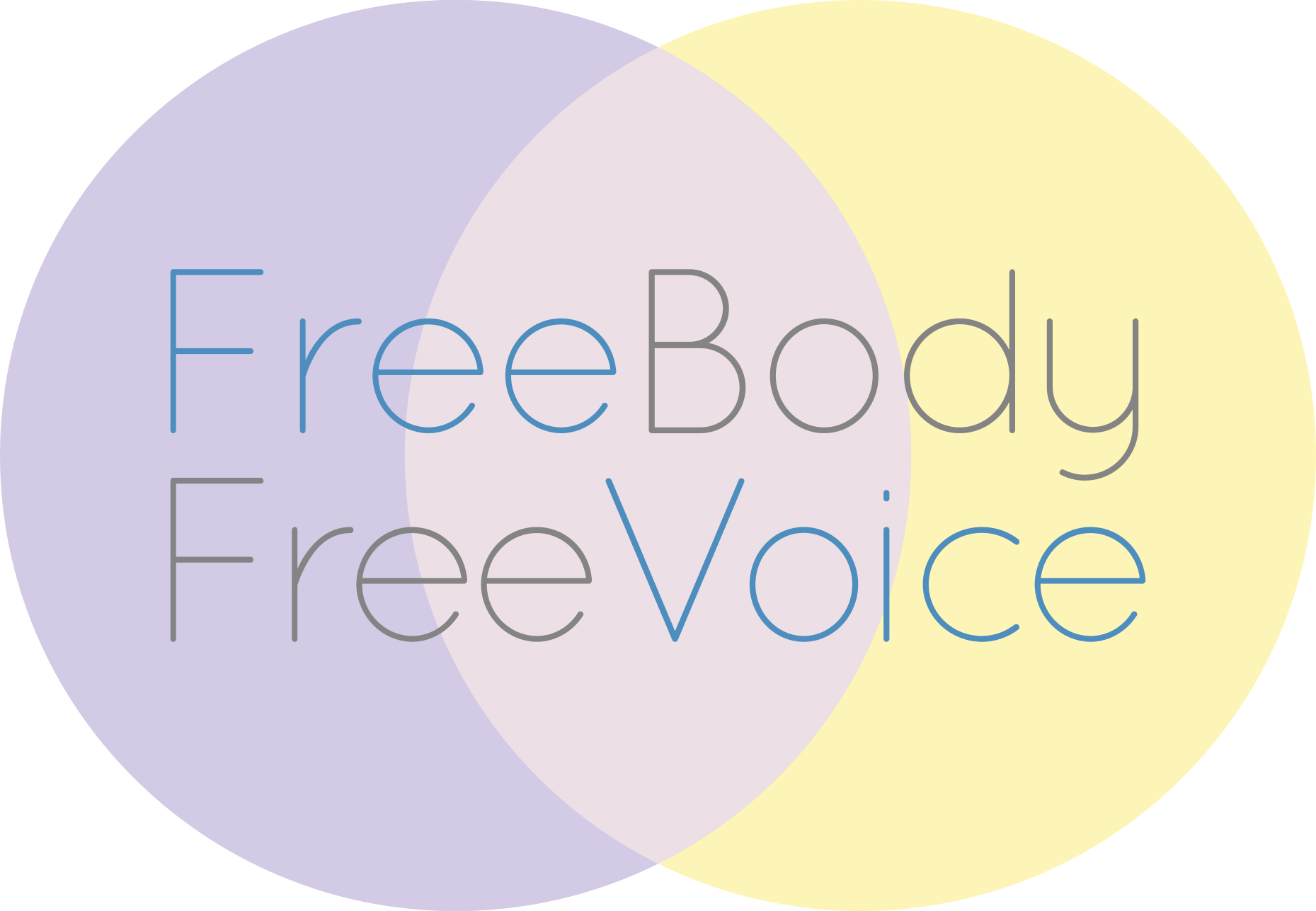Last night's class: a powerful paradox, free vowels, a new art form
Life is full of paradox…to my great delight!
On May 16th, at my weekly master class, we continued to explore a vocal paradox we've been discussing a lot lately: In order for your voice to sound unified and seamless from bottom to top, you have to sing every note completely differently.
Actually, it's a tad more complicated than that, as Sylvia clarified in class. She identified that there is one aspect of the voice—we'll call it the flow—that remains constant and consistent during singing. This is related to the constant and consistent outflow of breath we've explored using the "Leaky Ah".
But in this week's class, we set aside our focus on the flow and got interested in how to let each note have the exact and unique conditions it needs. We used tricks like strategically selected vowels to elicit the qualities we wanted to bring to different notes.
When Sylvia allowed her low and high ranges to be energized differently in a song by Fauré, all notes became clearer and more stable. Difficulties she'd had with chest voice in the passaggio melted away.
In a Portuguese Fado, Diana demonstrated her new mastery of passaggio notes as well. When she re-strategized how to bring energy to these mid-range notes, she could produce them with more freedom and a warmer, richer sound. She also discovered how she could allow her ee vowel to be freer.
Continuing our theme of letting every note have its own conditions, Sarah freed up her ee as well—letting go of jaw tension that had made it hard to produce this vowel, especially on high notes. In class, in "My House" from Matilda, Sarah nailed a difficult phrase that begins in a belty low range and ends on an ee vowel in the high range.
Beverly courageously returned to a delightful Menotti piece she hadn't sung for about 20 years. It's often the case that when we come back to music we haven't performed in a while, we tend to return to the vocal habits we'd had at that earlier time. But Beverly showed how paying attention in a particular way—in this case, to how she was producing the vowel "ah"—allowed her to transcend her old habits and bring astounding beauty of tone, agility, and expressiveness to her piece.
Michael O. rounded out the evening by singing Charles Strouse's heart-breaking "Once Upon a Time" while employing elegant and specific gestures to enhance the impact of the lyrics. This new way of approaching a song, Michael's own invention, reminded us of sign language, of hula, of other forms of dance. His perfectly balanced blend of vocalism and movement moved us deeply. I'm hoping Michael brings this powerful amalgam back in more songs soon.
Feel free to join us for another class soon—we meet most Wednesday evenings.

